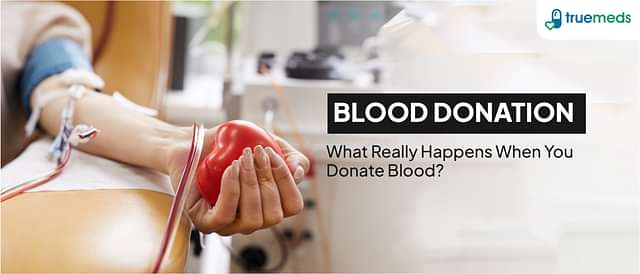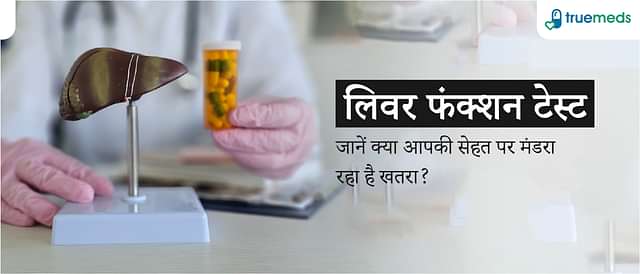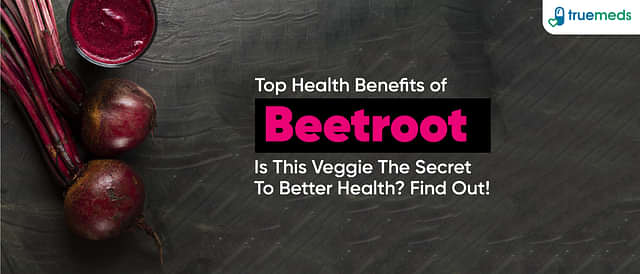Overview of stroke and its treatment
Last updated on : 16 May, 2024
Read time : 6 min
What is a stroke?
A stroke occurs when a blood vessel that brings oxygen and nutrient to the brain either bursts out or gets blocked by a clot (or ruptures). When this happens, part of the brain can’t get the blood and oxygen, so brain cells die. Any area of the brain, brain stem, or retina can have a stroke.
Having a stroke is a medical emergency, and getting help right away is very important. Brain damage and other problems may happen if you act.
Types of strokes
There are three primary types of strokes:
1. Ischemic stroke:
Some 87% of strokes happen because of blocked blood vessels in the brain. A stroke called an ischemic stroke in which when the blood flow through the artery that brings oxygen-rich blood to the brain gets cut off.
Blood clots are often the cause of the blockages that lead to ischemic strokes.
2. Hemorrhagic stroke:
It happens when an artery in the brain leaks blood or bursts. The blood that has leaked or puts too much pressure on brain cells, causes them to break down. This type of stroke is due to things like high blood pressure and balloon-like bulges in an artery.
When blood leaks into the brain, it is hemorrhagic apoplexy. There are two types of hemorrhagic stroke:
- When blood leaks into the brain, it’s called an intracerebral stroke. A blood vessel in the brain ruptures, causing blood to flood the surrounding area.
- Subarachnoid haemorrhage is a type of hemorrhagic stroke that isn’t as common as other types of strokes. The word “bleeding” refers to bleeding in the part of the brain that is between the thin tissues that cover it and the brain itself.
3. Transient ischemic attack (TIA):
This type of attack (TIA) is sometimes called “mini-stroke,” but it doesn’t last long. In this type of apoplexy, blood flow to the brain reduces for only a short time, usually no more than 5 minutes.
It’s important to know:
- A TIA is a sign that someone is going to have apoplexy soon.
- A major apoplexy is the same thing as an episode of fainting, but it’s not the same.
- Apoplexy or TIA needs to be taken care of right away because it can be very dangerous. If you feel or see signs of apoplexy.
- A TIA or a major type of apoplexy doesn’t always show up with the same symptoms at the start.
Stroke symptoms
People who don’t have enough blood flow to their brains. Symptoms of apoplexy show up in the parts of the body.
People who have apoplexy should get help as soon as possible. There are many things you should know about apoplexy so that you can treat it. Symptoms can be like:
- Paralysis
- People on one side of the body often have numbness or weakness all over their arms, faces, and legs.
- People have trouble talking or understanding each other. Speech that isn’t clear
- People who aren’t paying attention
- Sudden behavioural changes, such as a rise in agitation.
- Some people have problems with their vision. like having trouble seeing in one or both eyes with blurry or blacked-out vision.
- Difficulty in walking.
- The loss of balance and coordination.
- Dizziness.
- Severe, quick headache with no known cause
- Seizures
- Nausea, vomiting, or stomach pain
Apoplexy needs to be treated right away. It can happen at any time, so consult your doctor as soon as possible. Quick treatment is important to avoid the following things:
- Damage to the brain.
- Have a long-term disability
- Death
If you think you’re having apoplexy call for help or consult your doctor as soon as possible and start the treatment.
Stroke prevention
A stroke is when part of your brain doesn’t get enough blood. Most of them clot or something else that stops the flow of water. So, in strokes that cause blood to leak out of the brain. Here is some prevention has been added:
1. Make sure blood sugar level is lower
People who have high blood pressure are more likely to have a stroke than those who don’t. A lot of them are because of high blood pressure. This is what a normal blood pressure reading looks like 120/80. If your blood pressure is always above 130/80 you might have high blood pressure, which is hypertension,
If your high blood pressure isn’t well-managed, it can make you up to four times more likely to have a stroke. This is because it can make the walls of the arteries thicken. Which can cause cholesterol or other fats to build up and form plaque. If one of them breaks free, it could cut off your brain’s blood supply.
Also, high blood pressure can weaken arteries and make them more likely to burst. Which could cause a hemorrhagic stroke, which is when blood leaks out of the body.
2. Keep away from smoking
If you are taking tobacco then your chances of having an apoplexy double. When you smoke, the nicotine in the cigarettes raises your blood pressure. In which the carbon monoxide in the smoke makes your blood carry less oxygen. It can happen even if you breathe in secondhand smoke. This can make you more likely to you get stroked.
3. Maintain your heart
Some strokes are caused by blood clots by an irregular heartbeat called atrial fibrillation. Having AFib makes your blood pool in your heart, where it can clot and hurt you. If that blood clot moves to your brain, it could cause a stroke. You can get AFib if you have high blood pressure, have plaques in your arteries, and many other things, too.
If your heart isn’t working right. you might need to consult your doctor and take recommend medicine.
4. Keep diabetes in control
People who have high blood sugar are more likely to have apoplexy 2-4 times more often. In the long run, if you don’t manage your diabetes well. It can build up fat or cause clots in your blood vessels, which can be dangerous. This can make the blood vessels in your brain smaller, which could stop the blood flow to your brain.
Make sure you check your blood sugar often and take your medicine as directed by a doctor.
5. Do exercises
If you have high cholesterol, diabetes, and high blood pressure. which makes you more likely to have a heart attack or a stroke. So, start doing exercises to get in shape, you only need to work out for 30 minutes, five days a week. The goal is to make you breathe hard but not huff and puff. Before you start exercising, you should talk to your doctor about what you can do and do you follow the diet for stroke with exercise.
6. Take your medications
If you’ve already gone through high blood pressure, diabetes and high cholesterol don’t forget to take your medicine. Your doctor tells you that avoid having another sort of medicine. So, stop taking one or more of their medicines in the first three months. People are most likely to have another one at that time.
Buy medicines online through Truemeds at the best price and discounts. For all the latest coupons and offers on branded and generic medicines, follow us on Instagram and Facebook.
Disclaimer
Our healthcare experts have carefully reviewed and compiled the information presented here to ensure accuracy and trustworthiness. It is important to note that this information serves as a general overview of the topic and is for informational purposes only. It is not intended to diagnose, prevent, or cure any health problem. This page does not establish a doctor-patient relationship, nor does it replace the advice or consultation of a registered medical practitioner. We recommend seeking guidance from your registered medical practitioner for any questions or concerns regarding your medical condition.
Popular Articles
Recommended Articles
Recent Articles
Company
About UsHealth ArticleHealth StoriesDiseases & Health ConditionsAyurvedaAll MedicinesAll BrandsNeed HelpFAQSubscribe
Registered Office Address
Grievance Officer
Download Truemeds

Contact Us
Our customer representative team is available 7 days a week from 9 am - 9 pm.
v4.0.0
2025 - Truemeds | All rights reserved. Our content is for informational purposes only. See additional information.
Our Payment Partners













































